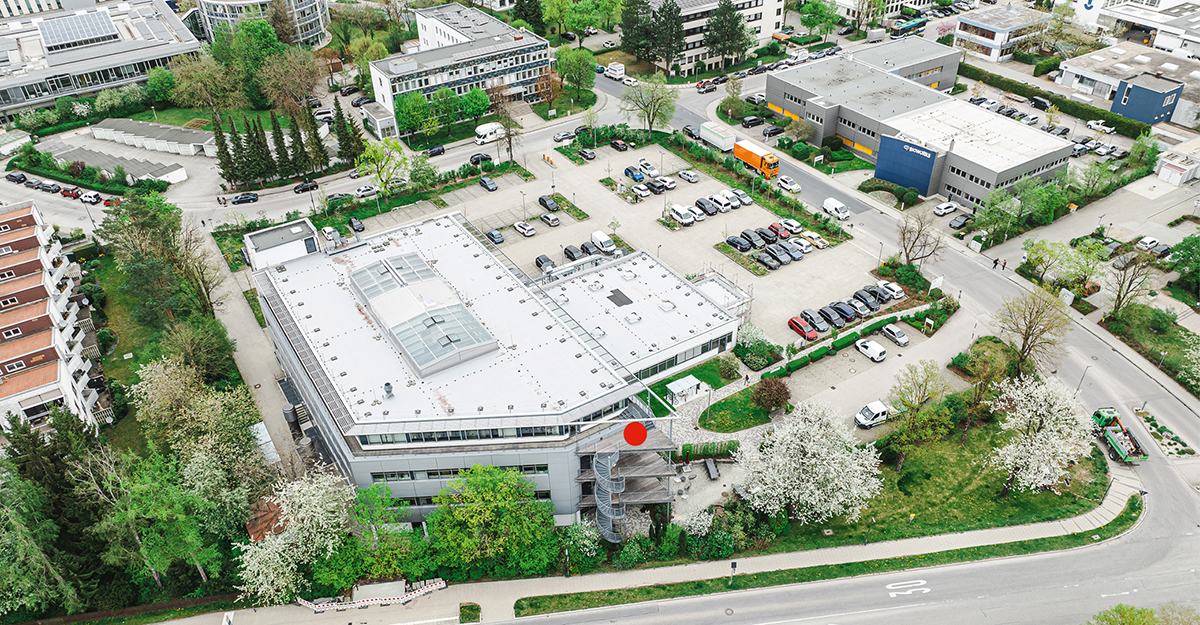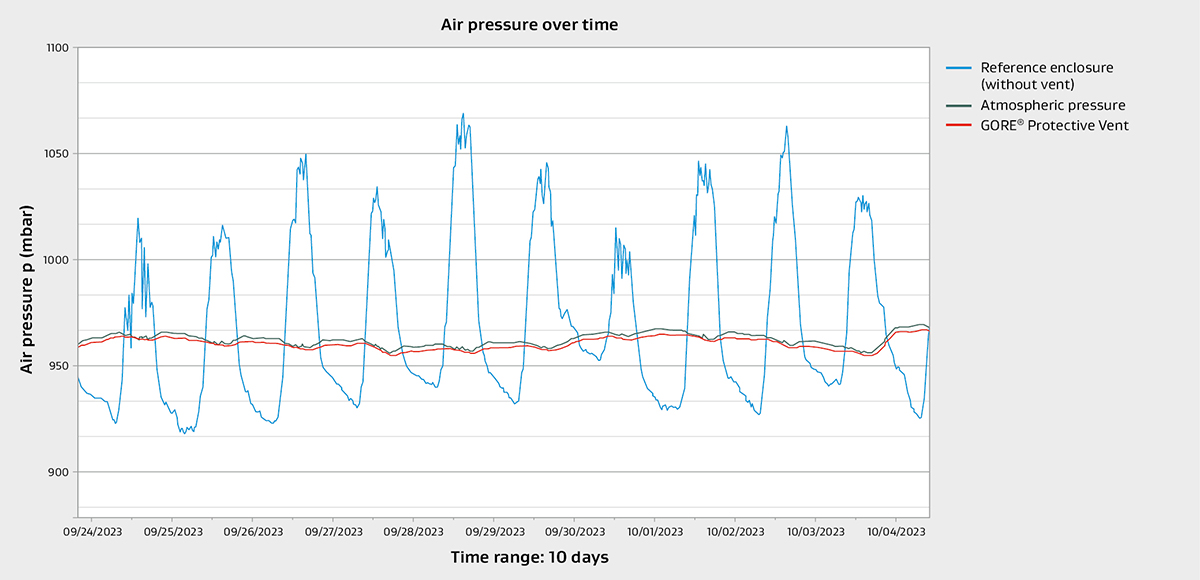8-year field study proves GORE® Protective Vents to be a lasting safeguard
For electronic equipment to function reliably outdoors, intact sealing of the enclosure is vitally important.
This is an excerpt from an 8-year field study, which you are welcome to download.
These seals are prone to damage due to pressure differentials caused by fluctuating temperatures, and this can compromise the sensitive electronics, resulting in their failure. Reliable enclosure ventilation using GORE® Protective Vents ensures rapid pressure equalization, minimizes potential pressure spikes, and therefore helps to extend service life.
At the same time, the patented membrane technology provides reliable protection against water, dust, salt particles and other liquids, and helps to reduce or eliminate condensation inside the enclosure.
In addition to lab tests, Gore regularly carries out field tests to achieve realistic material aging due to weather and UV radiation. These tests have a common objective: to demonstrate that GORE® Protective Vents reliably protect the enclosure from contaminants and water ingress over the long term and prevent any loss in performance. In this white paper, we bring together the results of our ongoing study from the year 2024 - a study that Gore has been conducting for eight years, that will continue in Putzbrunn, south of Munich.
Design of the Ongoing Study
Fourteen identical aluminum electronic enclosures with neoprene seals were installed in the roof garden of the Gore plant in Putzbrunn (see mounting point and red dot in picture below). These enclosures have a rating of IP65 which means they are protected against dust ingress (dust tight), have complete protection against contact, and protection against water jets from all directions.

The enclosures were fitted with different GORE® Protective Vents. One enclosure was purposely not fitted with a vent, to generate comparative values with an unventilated enclosure.
Inside the enclosures, data loggers continuously record the relative humidity, temperature and pressure. In addition, an external sensor for recording meteorological ambient values was installed as a reference. The GORE® Protective Vents were exposed to a temperature range of −15°C to +50°C (values measured by the external sensor). In an unventilated enclosure, these temperature differences give rise to pressure changes that can damage the seal.

The enclosures are inspected and the sensor data are being analyzed at regular intervals. The vents are examined and the data relevant to pressure equalization and tightness, such as airflow and water entry pressure (WEP), are being measured.
To get the full story, in-depth insights of the field study and the detailed results, please download the PDF (8 pages) by submitting the form below.
FOR INDUSTRIAL USE ONLY
Not for use in food, drug, cosmetic or medical device manufacturing, processing, or packaging operations.